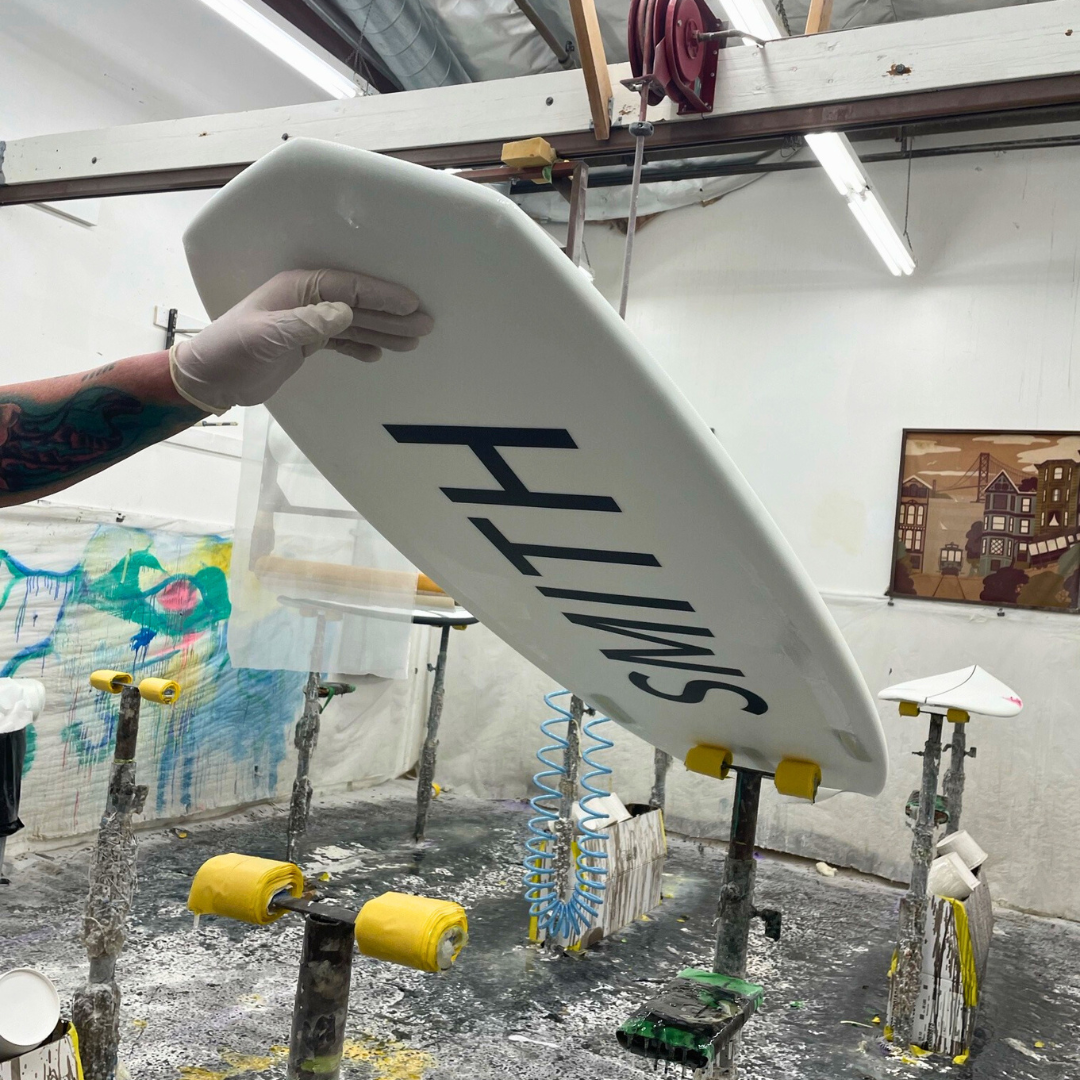
Crafting Wakesurf Boards: The Art of Glassing
Share
For riders who want individuality in their wakesurf boards, glassing stands out as the method of choice. A traditional and highly customizable process, glassing combines craftsmanship with functionality, resulting in boards that are tailored to the specific needs of riders. Let’s explore what makes glassing such a unique and valuable approach to wakesurf board manufacturing.
What Is Glassing?
Glassing refers to the process of layering fiberglass (or carbon fiber) over a foam core and coating it with resin to create a strong, lightweight, and water-resistant board. It involves several main steps:
-
Shaping the Core: The foam core is hand-shaped or machine-cut to the desired size and dimensions.
-
Layering Fiberglass: Sheets of fiberglass cloth are carefully applied to the foam core.
-
Applying Resin: Resin is poured and spread over the fiberglass to bond it to the core, creating a hard, durable surface.
-
Sanding and Finishing: Once the resin cures, the board is sanded smooth and may receive additional coatings for aesthetics and protection.
This hands-on process allows for unparalleled customization, both in terms of design and performance.
The Benefits of Glassing
-
Customization: Glassing offers limitless possibilities for shaping, designs, and finishes, allowing riders to create boards that reflect their style and riding preferences.
-
Performance: These boards are highly responsive, with the flexibility and precision to handle advanced tricks and maneuvers.
-
Aesthetic Appeal: Glassing provides a canvas for vibrant colors, patterns, and even custom artwork, making each board a true work of art.
-
Tailored Construction: Riders can adjust elements like rail thickness, rocker profiles, and fin setups to optimize performance for specific conditions.
The Drawbacks of Glassing
While glassing offers exceptional quality, it does come with some trade-offs:
-
Time-Intensive: The process is labor-intensive and requires skilled craftsmanship, resulting in longer production times.
-
Cost: Due to the level of customization and manual labor involved, glassed boards are typically more expensive than mass-produced alternatives.
-
Durability Concerns: While glassed boards are strong, they may be more susceptible to dings and scratches compared to compression-molded boards.
Final Thoughts
Glassing embodies the artistry and craftsmanship of wakesurf board design. While it demands time, skill, and investment, the result is a board that feels truly personalized and performs at the highest level. For riders who value precision, aesthetics, and a deeper connection to their equipment, glassing remains unmatched.
In the next post, we’ll explore the cutting-edge world of vacuum forming and how it’s shaping the future of wakesurf board manufacturing. Stay tuned!
